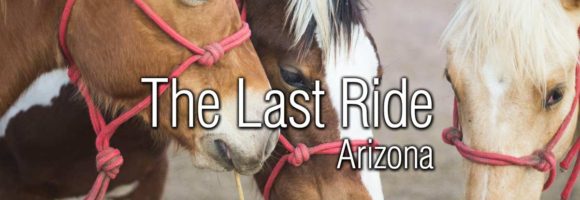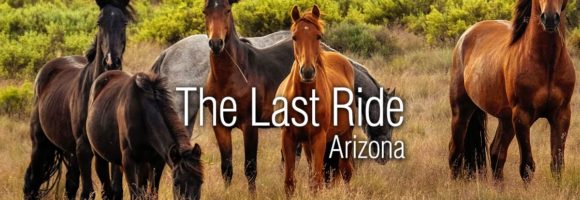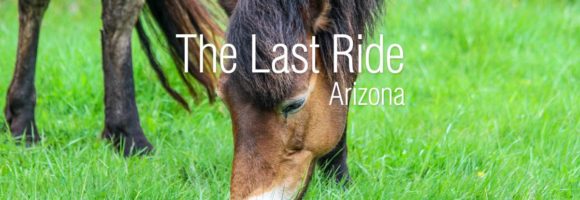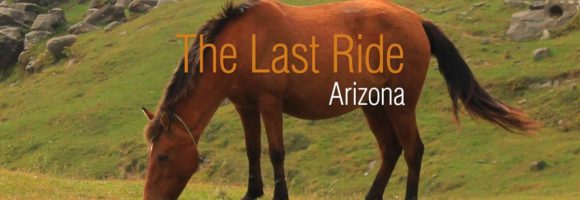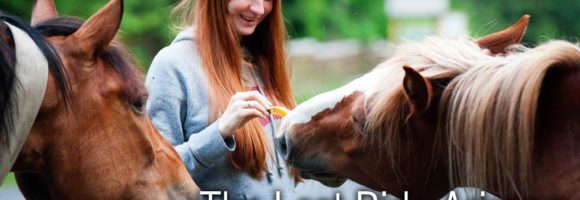Tips for Mentally Stimulating Your Horse
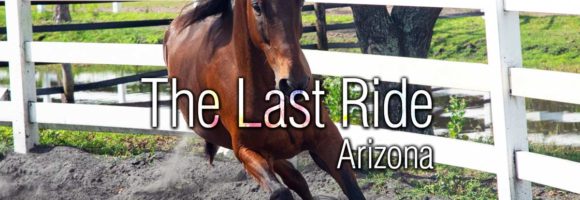
Just as is the case with humans, horses need to have plenty of mental stimulation in order to remain happy. In fact, a bored horse is also more prone to becoming ill and engaging in negative behavior that can lead to injury. Therefore, it is important for you to find ways to provide your horse with mental stimulation in order to prevent boredom from setting in.
Read More